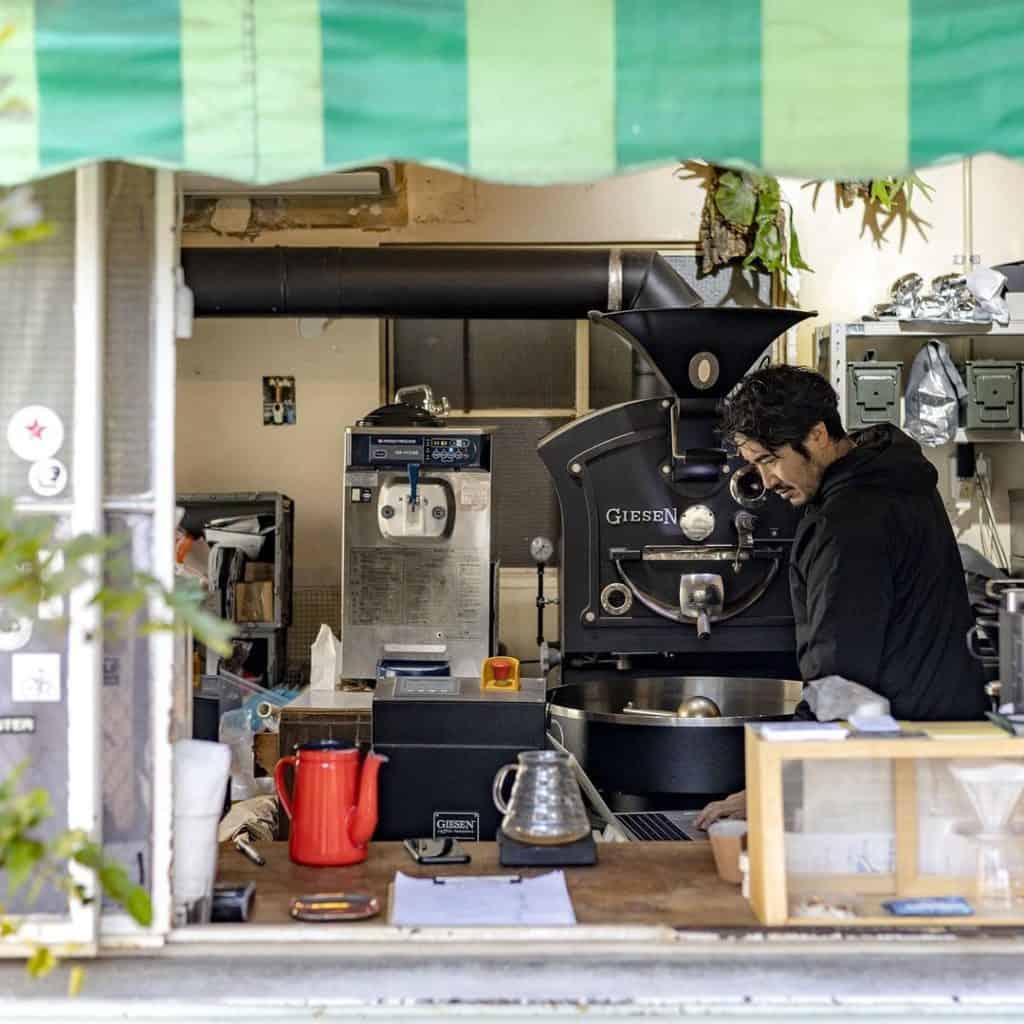Degassing coffee beans is very important for several reasons. Let’s start by explaining exactly what it entails. Coffee degassing is the period during which the gas that built up in the bean during the coffee roasting process is released.
This process starts almost immediately after the roasting process has stopped and can take up to three weeks in its entirety. Coffee is often not brewed immediately after roasting because so many of the gases have yet to escape. The gas then gets in the way of the extraction, so to speak.
Degassing
The gases are formed by the extreme heat that brings about chemical reactions. This happens during first crack, but also occurs during the other phases of the roasting process.
Degassing can take up to three weeks, but this does not mean that the coffee can be used before then. The perfect period depends on the roasting method, type of beans, method of coffee making, and so on. A pour-over or french press will require less time than an espresso because the coffee is in contact with water for a longer period. With espresso, the coffee is only in contact with water for a short time, so the coffee needs to release as much flavor as possible in as little time as possible, and thus a long degassing time is important.

Any questions or would you like to find out more about roasting and coffee? Check out our knowledge base.





